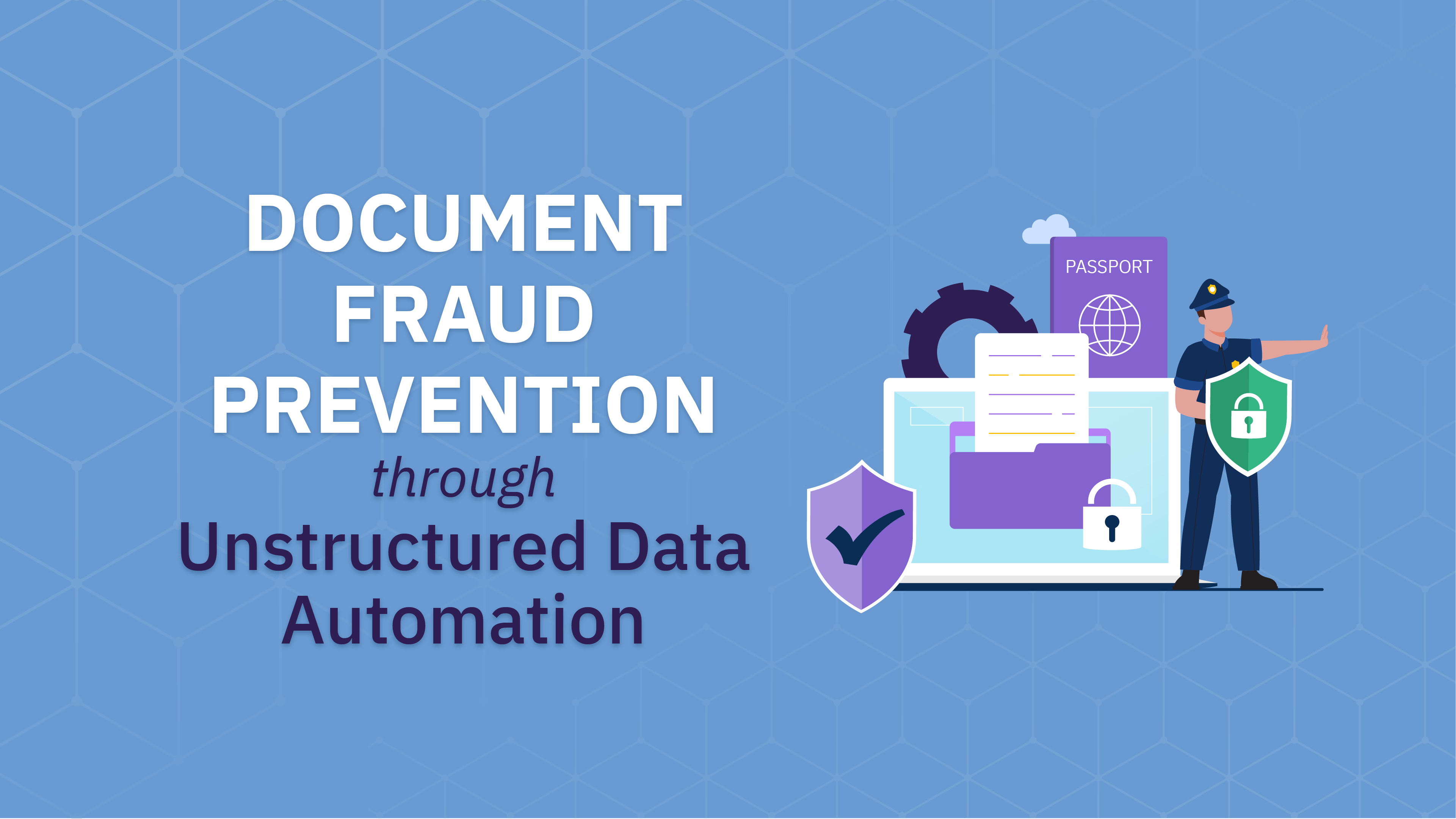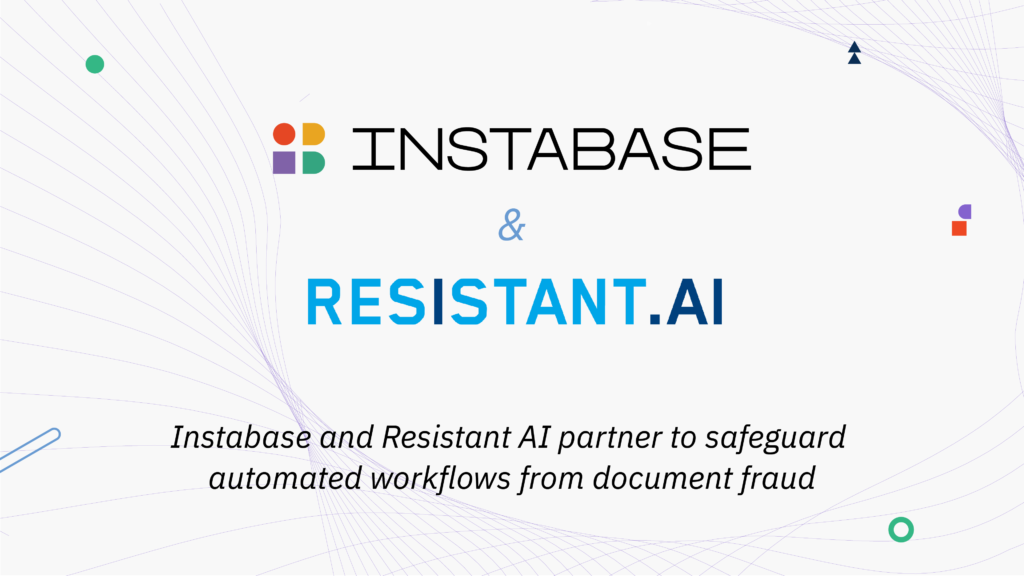In 2021, the Federal Trade Commission (FTC) received over 2.8 million fraud reports, which made up 49% of all consumer reports that the FTC received. The FTC also reported that the number of fraud reports has been increasing since 2001. With more digital transactions and personal data available online, fraud is becoming an increasingly larger and more expensive problem for businesses. It’s challenging to keep up with the pace of digital fraud, especially as fraudsters become more sophisticated in their attacks and excel in covering their tracks.
AI fraud detection is poised to change this for the better. Businesses are now turning to AI because of its ability to analyze vast amounts of data, quickly detect anomalies, and help businesses stop fraud in its tracks before it takes a costly toll.
Here’s how AI fraud detection works and how you can implement it.
What Is AI Fraud Detection?
AI fraud detection involves using AI (e.g., machine learning, advanced algorithms) to identify and prevent fraud. AI analyzes data to detect anomalies and suspicious patterns, with the goal of identifying fraud early on before it can cause financial damage.
By using AI to automate some of the fraud detection process, businesses can save time and money and reduce false positives for better customer experiences.
How AI Is Used in Fraud Detection
Businesses can deploy AI fraud detection in several key areas, including the following.
Document Fraud
AI fraud detection can spot inconsistencies in fonts, formatting, and subtle alterations that a human eye might overlook, all with a high level of accuracy. It can even go beyond the visual aspects of a document and look at the metadata to determine if a document has been altered.
AI tools such as Instabase and Resistant AI have purpose-built features to detect document fraud. Instabase performs logic checks to validate the integrity of a document’s contents. For example, it can determine whether payment periods align on an income statement or whether line items add up on an invoice. By processing and analyzing unstructured data with AI, Instabase helps companies spot inconsistencies they might not know to look for.
It also integrates with other tools, such as Resistant AI, which checks for document tampering and digital forgery. Resistant AI specializes in financial AI fraud detection, analyzing documents like pay stubs and bank statements.
With logic checks and integrations with other fraud detection tools, Instabase helps companies prevent fraudulent documents from slipping through. An impactful use case for this is Know Your Customer (KYC), where Instabase empowers financial services companies to automate their verification process with a higher level of confidence.
Debit and Credit Card Fraud
Credit card fraud is the most common form of identity theft, with 416,582 cases reported to the FTC in 2023. AI can detect debit and credit card fraud by analyzing transaction data in real time for unauthorized or irregular activity.
For example, if a card is suddenly used in multiple places within a short timeframe, AI might flag this as suspicious behavior. It uses contextual information, such as device location, transaction history, and user behaviors to improve fraud detection.
Account Fraud
Fraudsters can take over your personal accounts to learn more about you, solicit funds from others, and even steal your identity. They might also create “dupe” accounts using your data. These attacks have increased in recent years. A report from Security.org found that 29% of users have experienced account takeover in 2023.
AI can prevent fake accounts from being created or real accounts from being stolen by looking at behavioral data. By analyzing user behaviors, such as typing speeds, mouse movements, and navigation habits, AI can detect suspicious behavior and add extra security that traditional safeguards lack.
Insurance Fraud
AI helps to detect insurance fraud by analyzing historical claims data and contextual data like geographic location and social connections between people involved in the claim. Even if an insurance claim is legitimate, some claimants may add on exaggerated costs to receive higher reimbursements.
Using AI for insurance fraud detection, companies can better spot fake medical documents, conduct risk profiling, and track data throughout the claims process (such as how long a claimant takes to fill out a document).
Benefits of AI Fraud Detection
Fraud detection using AI offers a number of benefits that go beyond traditional fraud detection measures.
Keeps Pace With Evolving Tactics
Rules-based systems rely on known patterns, setting them up for failure when new tactics emerge. Fraud teams are constantly playing catch-up to keep these systems relevant, which requires extensive time and resources.
AI learns from new data and autonomously improves over time, allowing AI tools to provide ongoing value with less human involvement. For example, AI can better detect fraudulent documents as it has more documents and data to compare.
Increased Accuracy
Detecting fraud manually requires expertise, a keen eye, and time. Humans can easily miss anomalies and discrepancies, especially if they don’t know all the possibilities to look for. As image editing tools become more advanced and widespread, it’s also becoming more difficult to tell real documents apart from fake ones.
AI provides increased accuracy because it has access to vast amounts of data. Analyzing millions of data points allows AI models to see patterns and trends and better identify anomalies. AI also uses data to learn and improve over time so that it’s constantly becoming more accurate.
Improved Efficiency and Real-Time Detection
Manually reviewing documents is time-intensive, making analysis and fraud detection a slow, inefficient process. Audits and investigations can take weeks or months, which means customers wait longer and payroll costs mount.
Using AI, companies can quickly process and analyze data to detect fraud in real time. Customers can get near-instant approvals (or rejections), and companies can free up time for their fraud teams to work on known or suspected fraud cases.
Minimizes False Positives
Rule-based systems can produce false positives, leading to negative user experiences and increasing the number of manual reviews. When a legitimate transaction or account creation is stopped because it’s been flagged as fraud, it prevents customers from going about their business and results in frustration.
AI is less likely to generate false positives because it uses large amounts of data to make informed decisions. The more data it receives, the more accurate it becomes, which can instill confidence in any decisions made.
Challenges of AI Fraud Detection
While AI sounds promising in improving fraud detection, implementing it brings a few unique challenges. They’re not impossible to overcome, but companies should weigh these challenges against the benefits they expect to receive.
Requires High-Quality, Large Datasets
Some forms of AI, such as deep learning, require large data sets to be successful, but that’s not all. If that data is inaccurate, outdated, or incomplete, AI tools won’t perform to their full potential. Bad data can lead to untrustworthy findings. Likewise, not having enough data will hinder AI’s learning and result in inaccurate findings.
False Positives
While the potential to produce false positives is lower with AI, it’s still possible. AI isn’t perfect, so it may still mistakenly flag legitimate activity as fraudulent, creating friction in the customer experience and decreasing customer trust. Companies must constantly refine their AI models to reduce the possibility of false positives.
Privacy, Security, and Ethical Concerns
Some companies may have difficulty implementing AI due to industry regulations around data collection. They’ll need to make sure their use of AI is compliant and keep up with changing regulations.
Using AI in decision-making processes also raises ethical concerns, such as bias. Companies will need to thoroughly test models to identify where there’s bias, whether that’s in the dataset that’s used to train the model or in how the model generates its answer.
Improve Fraud Detection With Instabase
It’s no longer a question of “Can AI detect fraud?” The answer is a resounding yes. The next priority for companies is to figure out how you can implement AI to augment your existing fraud detection processes.
AI provides a significant improvement over traditional fraud detection methods with increased accuracy and efficiency. It’s also increasingly important that companies are equipped to recognize and prevent AI-enabled fraud, such as highly realistic documents that are created by generative AI. Advancing your fraud detection technology is the best path forward to help you stay ahead.
Instabase AI Hub is a powerful tool for document fraud detection and can be used alongside other fraud detection tools like Resistant AI. Trusted by financial services and insurance companies, Instabase makes it easy for anyone, including non-technical users, to leverage the power of generative AI to perform logic checks and validate data against internal and external sources. Try Instabase AI Hub for free and contact us to learn more about deploying Instabase for document fraud detection.
Prevent Document Fraud With Instabase
Save time and accurately identify fraudulent documents with generative AI.



